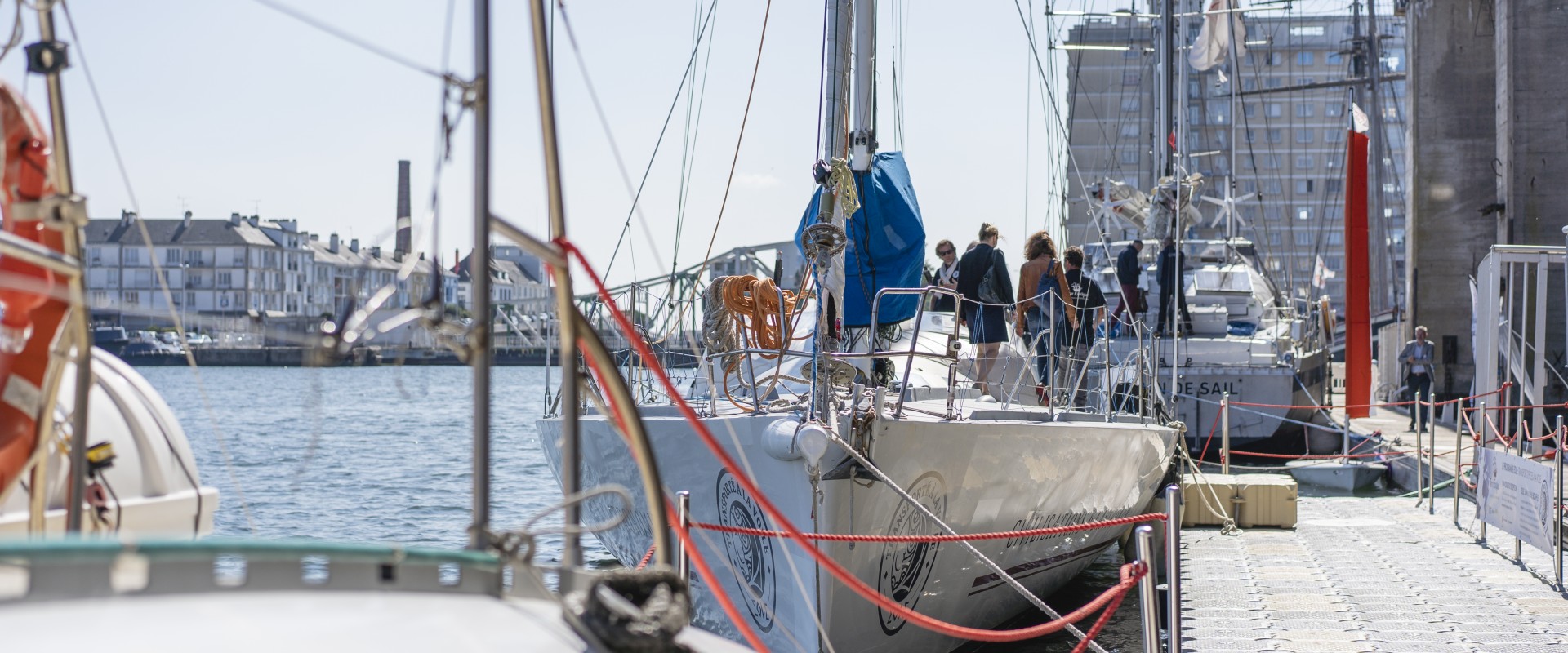
The Sail Power Sector is Developing a Structure
How do you get all the local sail-powered transportation players to join forces in building a sustainable, efficient industrial tool? Lise Detrimont, Managing Director of Wind Ship, provides some answers. Alongside technological research institute IRT Jules-Verne, this Association is co-piloting a major feasibility study that focusses on how the French sail power sector can best be structured.
At the start of April, a 32-member consortium launched a study regarding the implementation of a structural project for the sail power sector. What are its aims?
We want to work together around three main themes: the pooling of certain industrial production activities through the sharing of resources, the creation of demonstrators, and access to markets. The consortium comprises a broad variety of players: large groups, small businesses, and academics. We are working closely with Central Government to carry out this study and to identify financing arrangements that ensure the economic viability of this type of ecological transition project.
How is the sector positioned today?
There is a growing number of projects. The Association of Shippers for Decarbonized Maritime Transportation has chosen Zéphyr et Borée for a future transatlantic rotation and is already considering the idea of creating new shipping services. Zéphyr et Borée have therefore commenced work on a project to build several sail-powered container ships by 2025. The Company has already launched its cargo vessel Canopée, which will be transporting the Ariane 6 launcher between Germany and French Guiana, and which is fitted with Ayro sails. For its part, TOWT has placed an order for two sister ships, sail-powered cargo vessels measuring over 80 metres in length. Grain de Sail is building its second transatlantic cargo ship and is launching its freight forwarding subsidiary, while shipping company Neoline announced back in January that it is building its first Neoliner.
What is needed for the sector to reach the next level?
All the conditions are right for France to become a potential world leader in this sector. The ecosystem, which is very dynamic in Greater Western France, is developing a structure, and the shippers are present and committed. But the industrial facilities still have to be built. That phase is often tricky in France. There is a need to rapidly build vessels so as to validate the most pertinent solutions and to convince people of the viability of the sector.